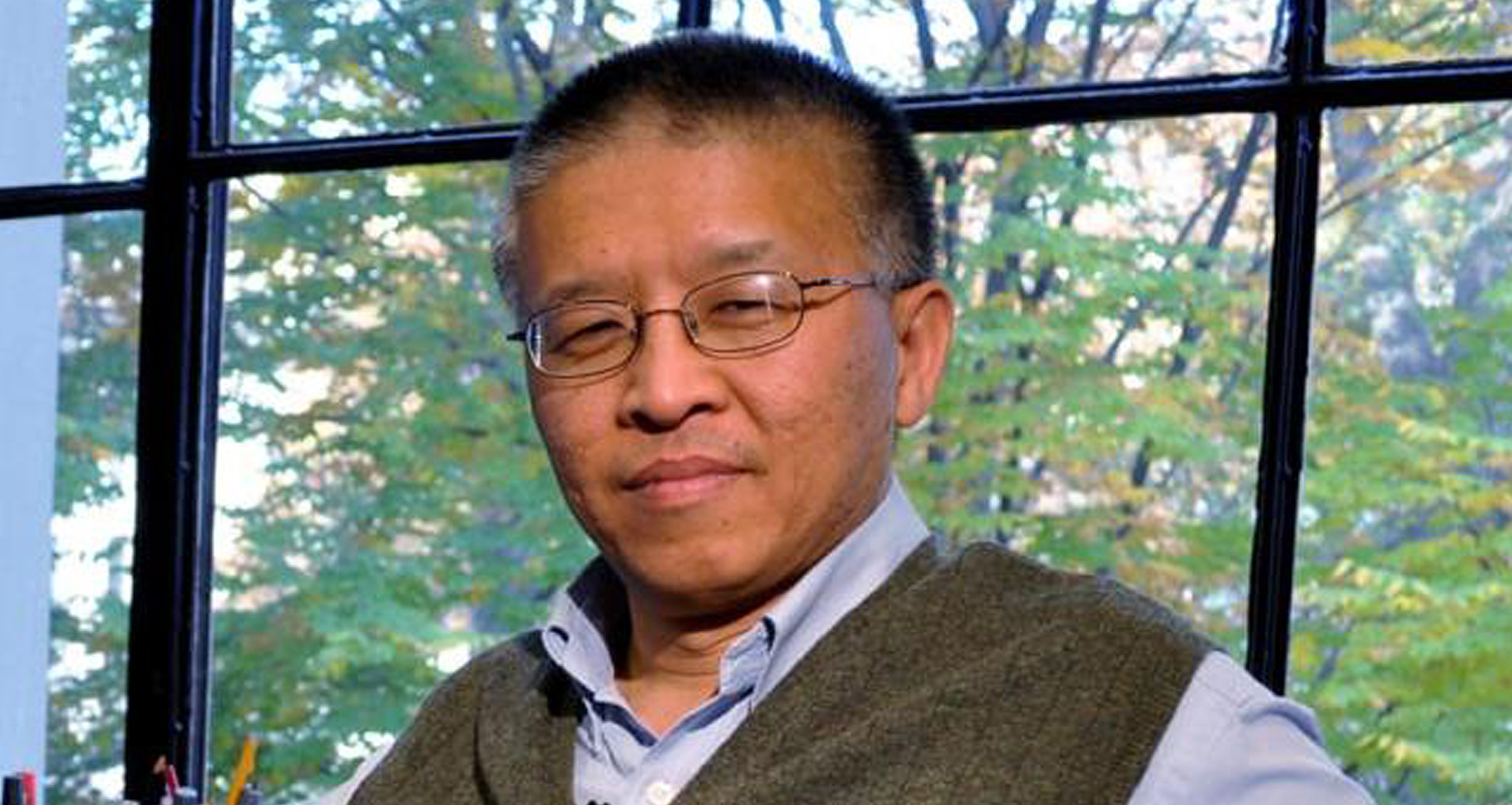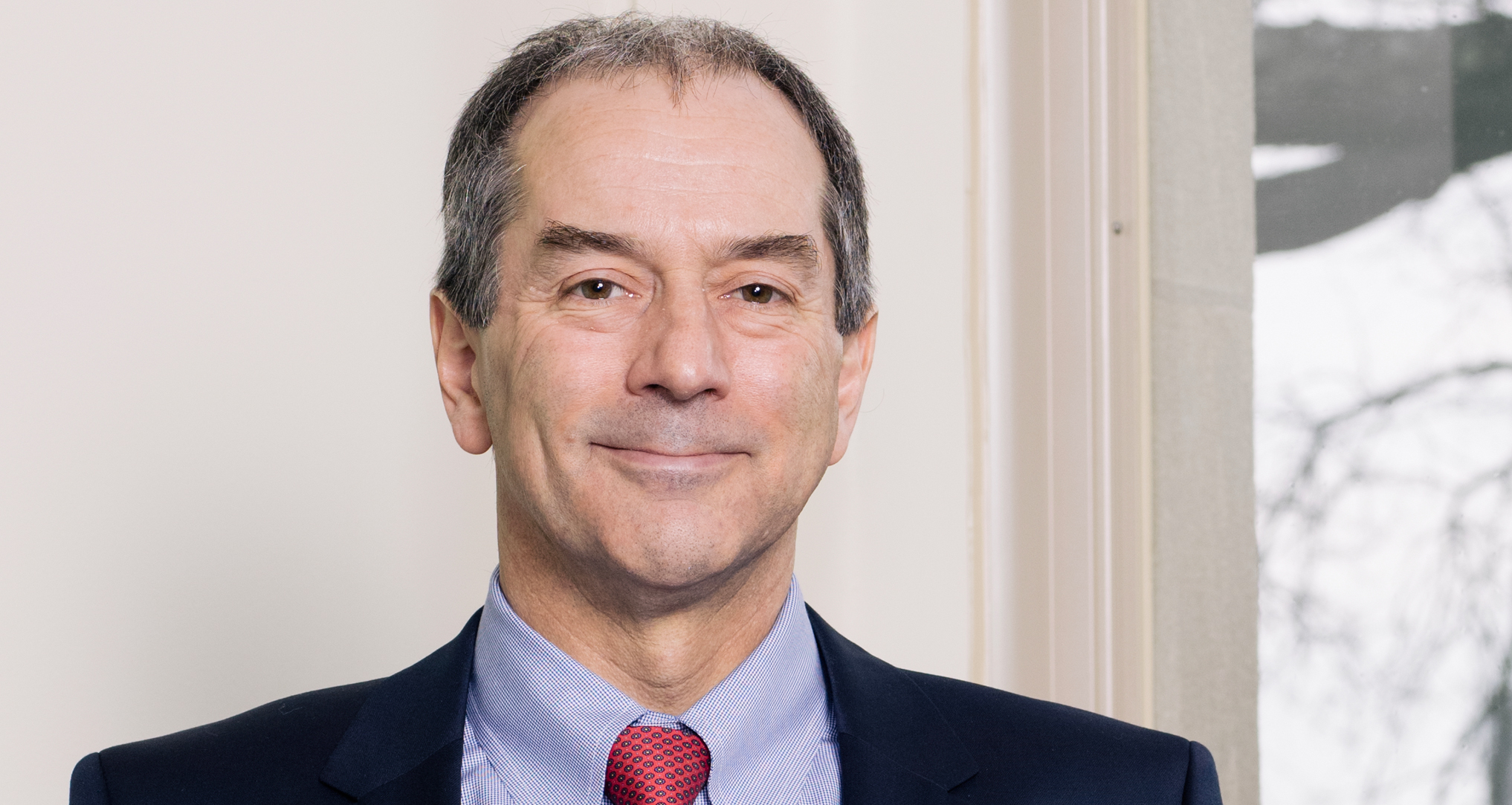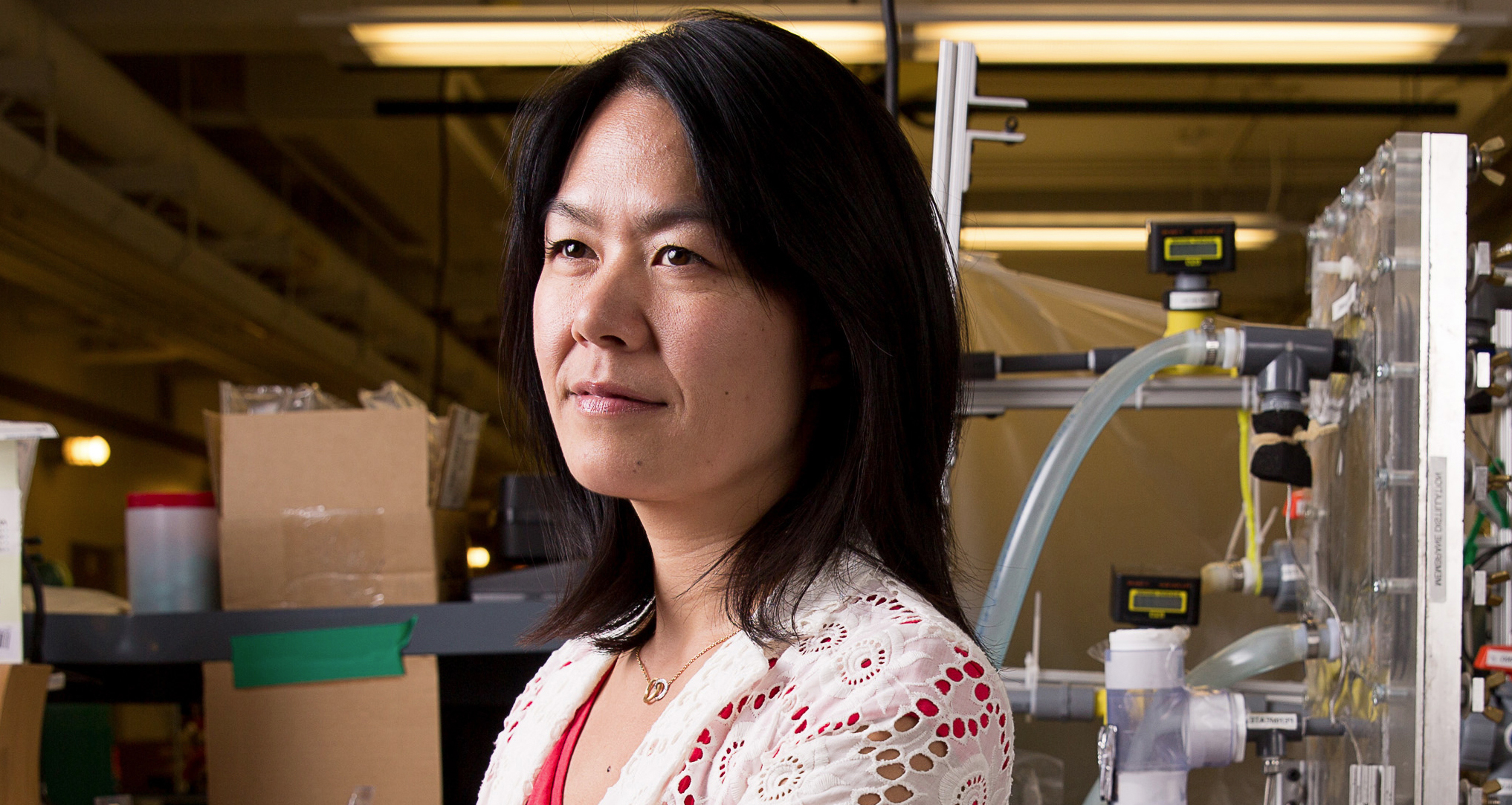History
Our laboratory originated in the Physical Laboratory of the Physics department, which was established by Professor Edward C. Pickering in 1870. The Heat Measurements Laboratory became a separate entity in 1889, under the leadership of Professor Silas W. Holman ('76). Professor Charles L. Norton ('93) took charge of the laboratory in 1897. The original lab, at MIT's Boston Campus, is shown in some of the photos that MIT submitted to St. Louis World's Fair in 1904. Professor Gordon B. Wilkes ('11) became the director of the lab during the 1920's. In 1934, the Heat Measurements Laboratory (and Wilkes) joined the Mechanical Engineering Department, and the lab soon moved into the basement of Building 7. Professor Warren M. Rohsenow succeeded Wilkes as lab director in 1956, a position he held until 1985. Thereafter, Professor Peter Griffith, who had kept his office in the lab since the early 1950's and who worked closely with all students in the lab, served as lab director until his retirement in 1997.
The lab was named in Rohsenow's honor in 1992. During 2010, through a generous gift by lab alumna Dr. Gail E. Kendall (PhD '78), the lab underwent a full renovation, and it was renamed the Rohsenow Kendall Heat Transfer Lab at that time.
Detailed history of the Rohsenow Kendall Lab, 1870-1992.
History of heat engineering in ME, 1865-1945.












